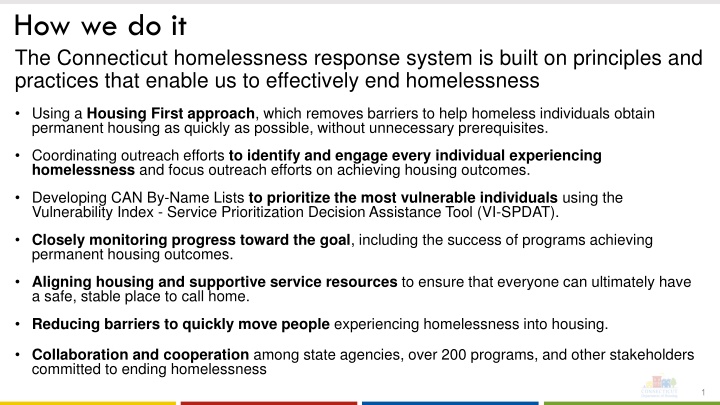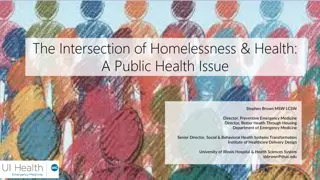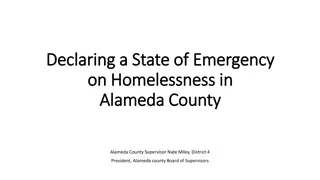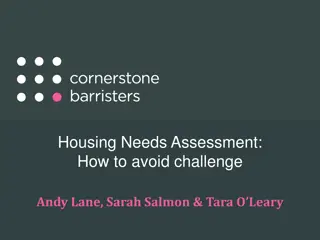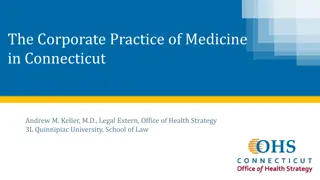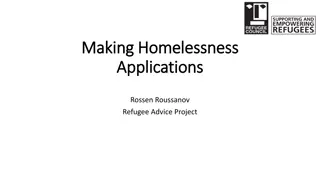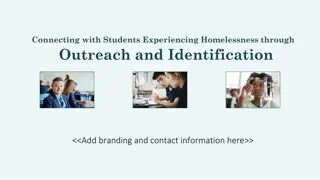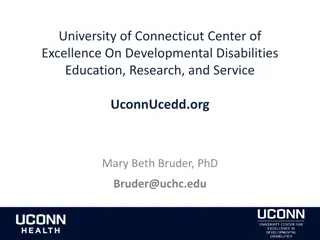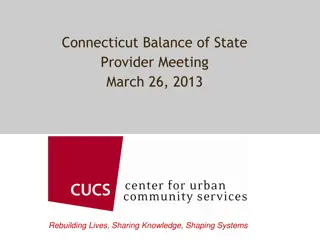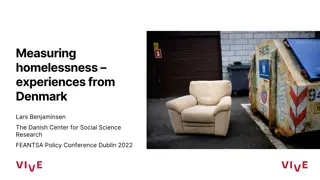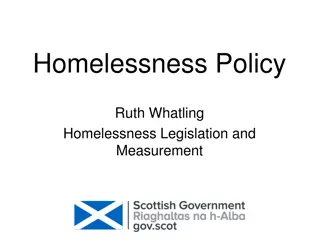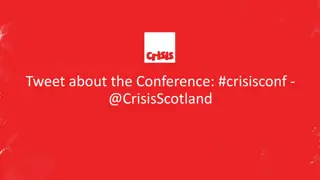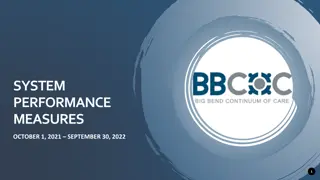Connecticut Homelessness Response System Principles
The Connecticut homelessness response system prioritizes a Housing First approach, focusing on rapid access to permanent housing without unnecessary barriers. It emphasizes outreach, CANs, shelter diversion strategies, and tailored services to help individuals end homelessness effectively.
Download Presentation

Please find below an Image/Link to download the presentation.
The content on the website is provided AS IS for your information and personal use only. It may not be sold, licensed, or shared on other websites without obtaining consent from the author.If you encounter any issues during the download, it is possible that the publisher has removed the file from their server.
You are allowed to download the files provided on this website for personal or commercial use, subject to the condition that they are used lawfully. All files are the property of their respective owners.
The content on the website is provided AS IS for your information and personal use only. It may not be sold, licensed, or shared on other websites without obtaining consent from the author.
E N D
Presentation Transcript
How we do it The Connecticut homelessness response system is built on principles and practices that enable us to effectively end homelessness Using a Housing First approach, which removes barriers to help homeless individuals obtain permanent housing as quickly as possible, without unnecessary prerequisites. Coordinating outreach efforts to identify and engage every individual experiencing homelessness and focus outreach efforts on achieving housing outcomes. Developing CAN By-Name Lists to prioritize the most vulnerable individuals using the Vulnerability Index - Service Prioritization Decision Assistance Tool (VI-SPDAT). Closely monitoring progress toward the goal, including the success of programs achieving permanent housing outcomes. Aligning housing and supportive service resources to ensure that everyone can ultimately have a safe, stable place to call home. Reducing barriers to quickly move people experiencing homelessness into housing. Collaboration and cooperation among state agencies, over 200 programs, and other stakeholders committed to ending homelessness 1
CANs are how we organize our statewide system Greater Hartford CAN Northwest CAN 7 Coordinated Access Networks (CANs) Central CAN Eastern CAN Middlesex Meriden Wallingford CAN Fairfield County CAN Greater New Haven CAN 2
Homeless Shelter Diversion Shelter diversion is a strategy that prevents homelessness for people seeking shelter by helping them identify immediate alternate housing arrangements and, if necessary, connecting them with services and financial assistance to help them return to permanent housing. Shelter diversion programs can reduce the number of households becoming homeless, the demand for shelter beds, and the size of program wait lists. Connecticut homeless providers working through CANs diverted 13,737 households (6,378 individuals, 7,359 families) from July 14, 2014 through December 31, 2019. 11,654 of these households (85%) did not subsequently enter shelter. Of the 4,411 households diverted in calendar year 2018, only 20% (874) entered shelter. Shelter diversion can save funds that are otherwise lost due to the impact of homelessness: research from the University of Connecticut reflects that the cost of a family s homelessness in Connecticut can be as much as $122,460 per family homeless, or $33,360 per person, when the costs of homelessness as well as the additional costs of system utilization are accounted for. 3
Homeless Shelter Diversion Activities The case manager at the local-level CAN intake appointment will explore all possible housing alternatives, employing the approach learned through the shelter diversion training, seeking to empower clients to identify their own best housing resolutions, rather than seeking to dictate solutions to them. Shelter diversion services are tailored to each household s needs, and can include any of the following: Conflict mediation (with a landlord, family or friends) Financial, utility, and/or rental assistance Short-term case management focused on housing stabilization Connection to mainstream services and benefits Housing location and advocacy Mediation can be an important component of shelter diversion efforts. Many households facing homelessness may require assistance and advocacy with landlords due to low income compared to the cost of rent, or due to eviction history. Some households may be facing homelessness due to conflict within shared housing, including housing shared by multiple generations of a family. Resolving these conflicts through a light/moderate-touch mediation may be the most effective way to help a household avoid homelessness and retain permanent housing that they can afford. 4
